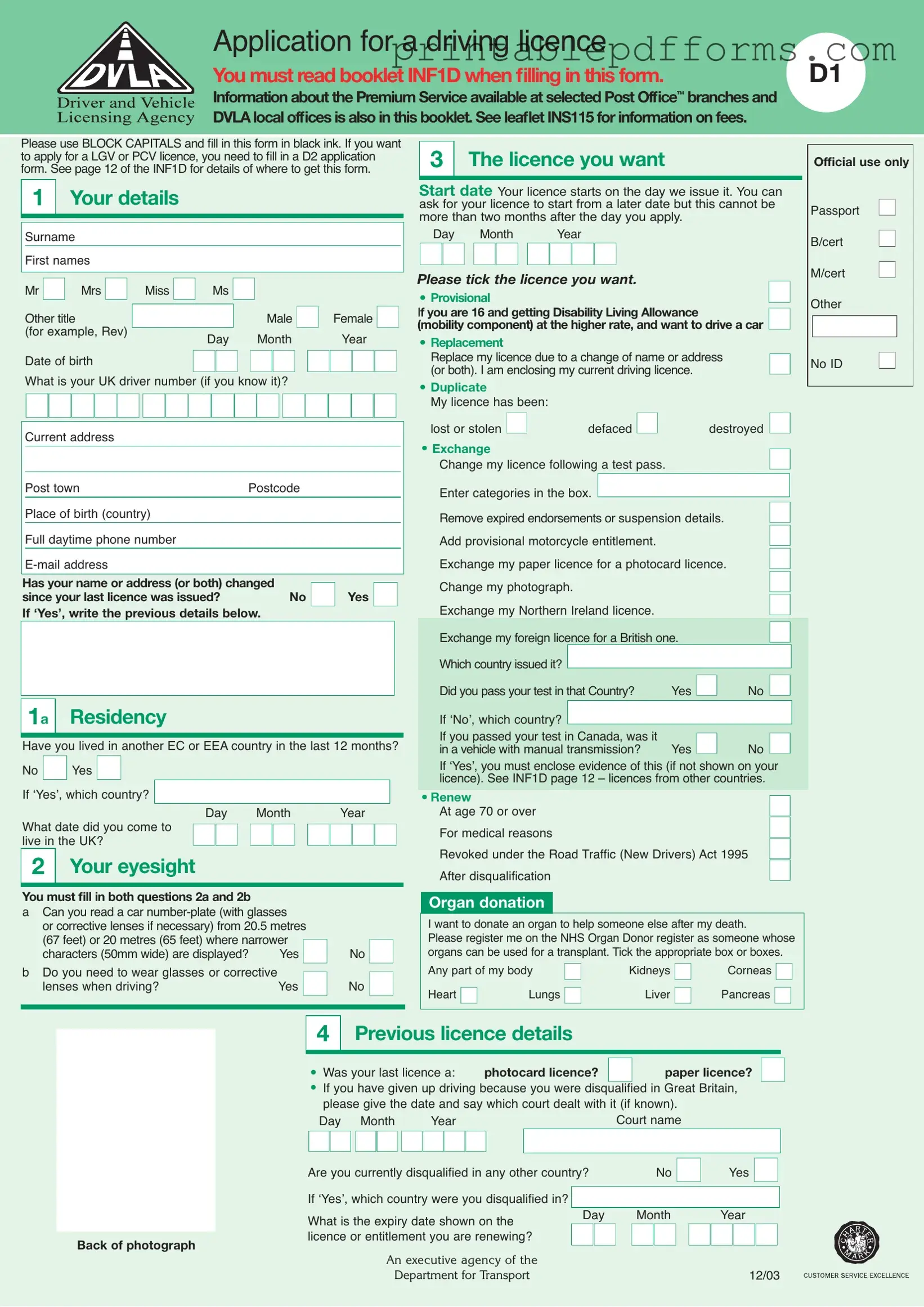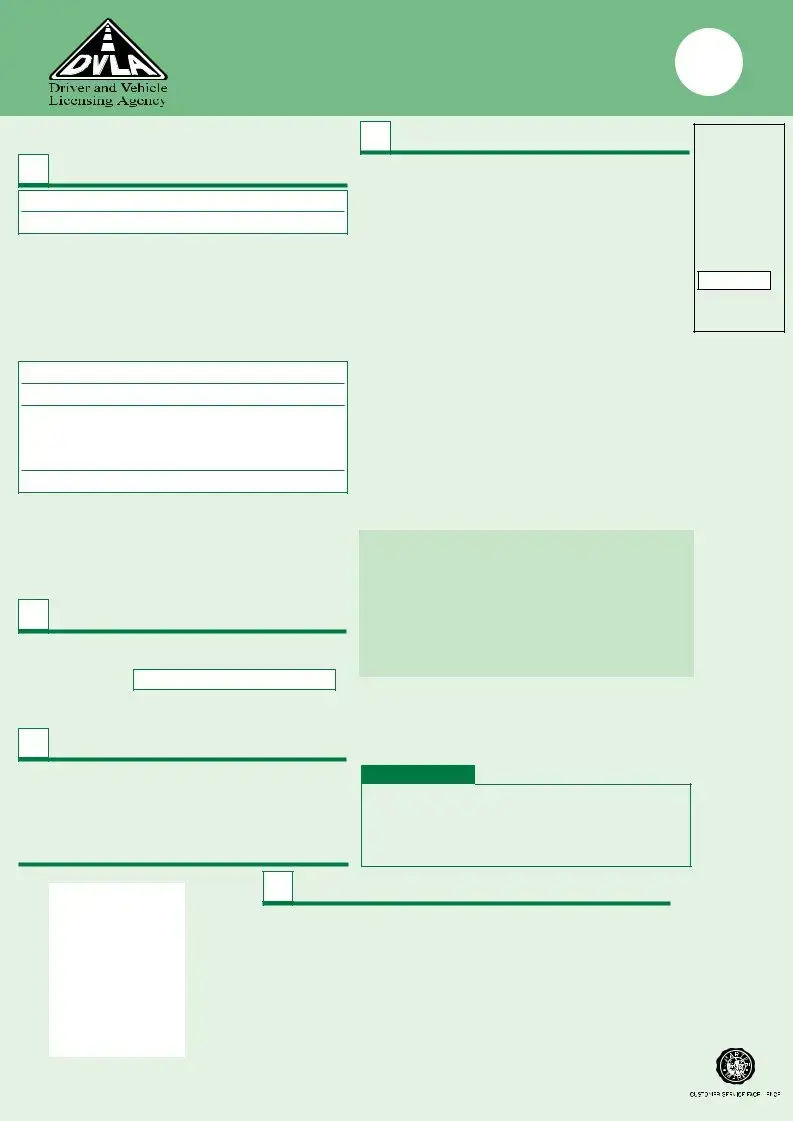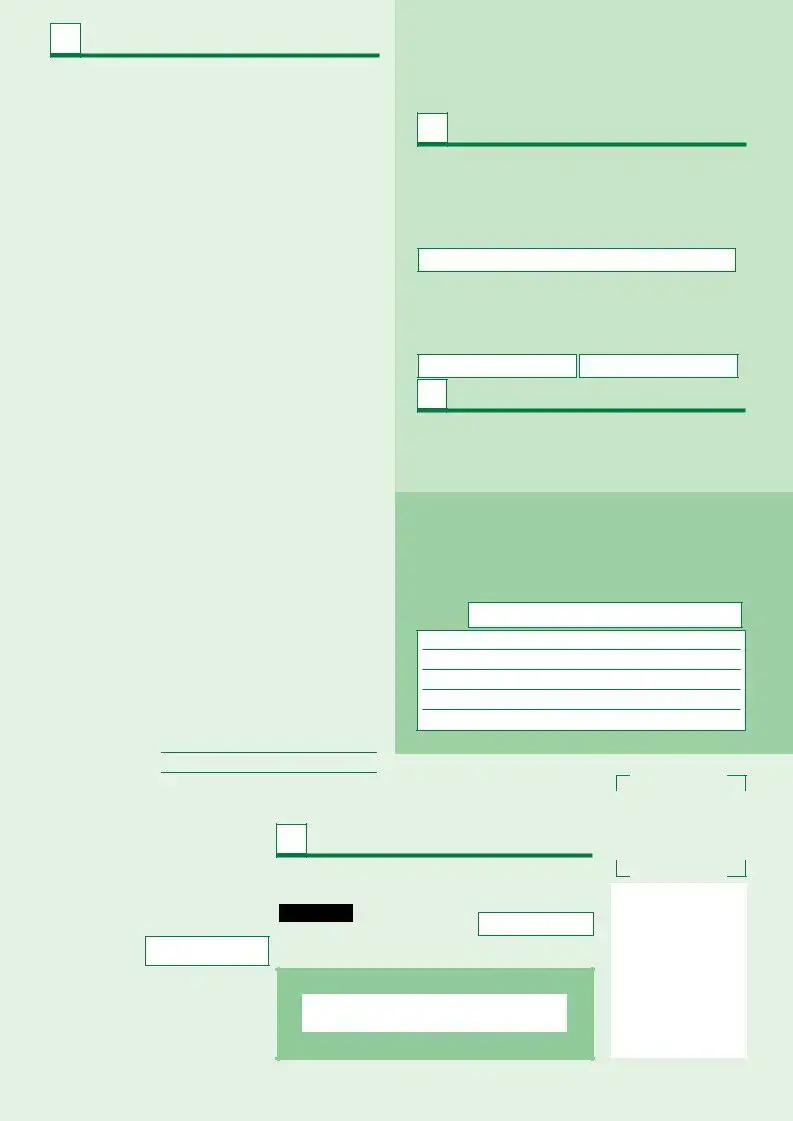Misconception 1: The D1 DVLA form is only for new drivers.
This is not true. The D1 form is used for various purposes, including applying for a new license, renewing an existing one, or changing details like your name or address.
Misconception 2: You can submit the D1 form without any identification.
Identification is crucial. You must provide valid documents to confirm your identity, such as a passport or birth certificate, along with proof of your current name if it differs from your ID.
Misconception 3: You can fill out the D1 form in any color of ink.
In fact, you must use black ink and block capitals when completing the form. This ensures clarity and helps avoid processing delays.
Misconception 4: The D1 form can be submitted online.
Currently, the D1 form must be submitted via mail or in person at a Post Office or DVLA local office. An online option is not available for this specific form.
Misconception 5: You don’t need to provide a photograph if you’re renewing your license.
Actually, a new photograph is required unless you are only changing your name or address. The photograph must meet specific guidelines, so be sure to follow those closely.
Misconception 6: You can apply for a driving license with any medical condition.
Not all medical conditions disqualify you, but you must disclose any conditions that could affect your fitness to drive. This is essential for your safety and the safety of others.
Misconception 7: The D1 form can be processed without a fee.
There is a fee associated with submitting the D1 form, depending on the type of application. It's important to check the fee schedule in the accompanying booklet.
Misconception 8: You can use a photocopy of your identification documents.
Photocopies are not accepted. You must provide original documents to verify your identity. This helps maintain the integrity of the application process.
Misconception 9: You can submit the D1 form without signing it.
Your signature is mandatory. Not signing the form or signing outside the designated area can lead to rejection of your application.




